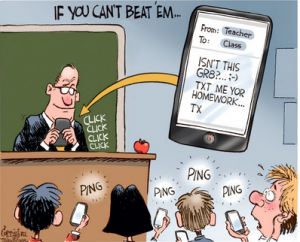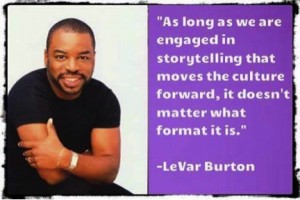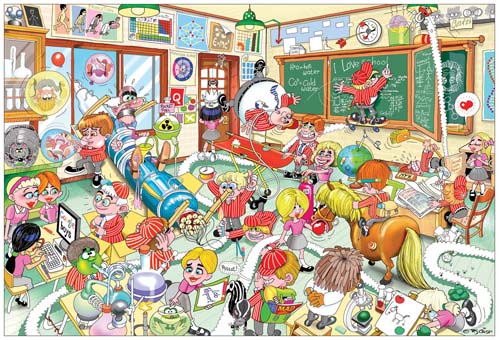 Have you ever had one of those mornings? The kind of morning where your alarm clock doesn’t go off, you spill your morning coffee down the front of your crisp white shirt, your car doesn’t start, and a torrential downpour manages to drown you just as you run into work late? Yes… those mornings.
Have you ever had one of those mornings? The kind of morning where your alarm clock doesn’t go off, you spill your morning coffee down the front of your crisp white shirt, your car doesn’t start, and a torrential downpour manages to drown you just as you run into work late? Yes… those mornings.
I had one of those mornings recently, and a particularly bad one at that. But within seconds of entering my classroom, every inconvenience of my morning was all but erased as soon as I heard an excited voice call, “Miss Sarah! You’re here!” In that moment I felt overwhelmingly grateful for my always slightly too-warm classroom, for the familiar smell of sweaty socks and salami sandwiches, and for that set of 19 eager faces waiting for me to lead us into another day.
Educators often reflect on the impact that they have on their students. They consider how their attitude, creativity, organization, flexibility (the list could go on forever) will help or hinder their students’ success. That night, my reflections shifted to considering the impact that my students have on me. I thought back to earlier in the day when one of those mornings threatened to derail my entire day but was saved by a group of five year olds, and I realized just how much I appreciate my students. Now, I know that not everybody would appreciate a group of germ-filled, hyperactive, painfully dependent kindergarten students – but I do. So, this one goes out to them:
Thank you for attentively listening while I read you my favourite childhood stories; thank you for asking me if I want to play with you and making me feel included; thank you for showing such a genuine interest in my life, from why I drive a red car to why my pants have so much cat hair on them; thank you for excitedly bringing me gifts from your home that I then have to awkwardly return to your parents; to the ladies, thank you for copying my hairstyle – after all, imitation is the sincerest form of flattery; thank you for mysteriously knowing exactly when I could use a hug; thank you for loving nature and animals so much; thank you for not being afraid of getting dirty; thank you for always being completely, unapologetically honest; thank you for reminding me how important it is to appreciate the little things in life, like enjoying popcorn during a movie or seeing a rainbow after a storm; thank you for noticing every single new thing about me; thank you for boosting my ego with your daily barrage of compliments; thank you for making me want to be a better teacher; thank you for giggling when somebody, uhm, passes wind… because honestly, it’s funny; thank you for trusting me with your secrets; thank you for somehow always sharing the notion that clowns walk a thin line between being silly and scary; thank you for having an endless supply of self-confidence; and finally, thank you for your unconditional love – I am a better teacher, and a better person, for having known every single one of you. Thank you.






